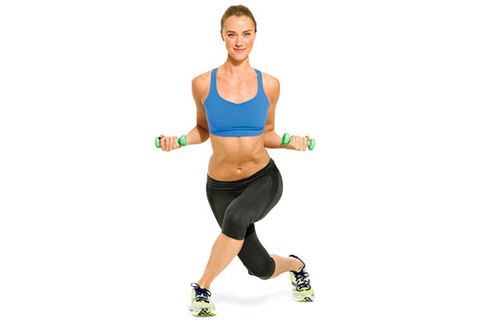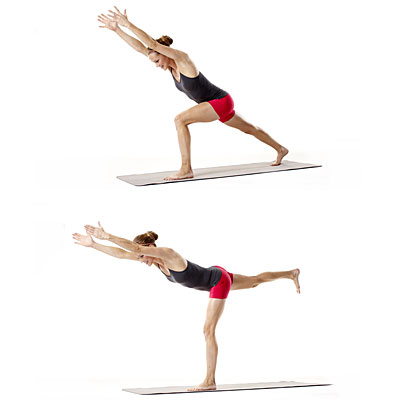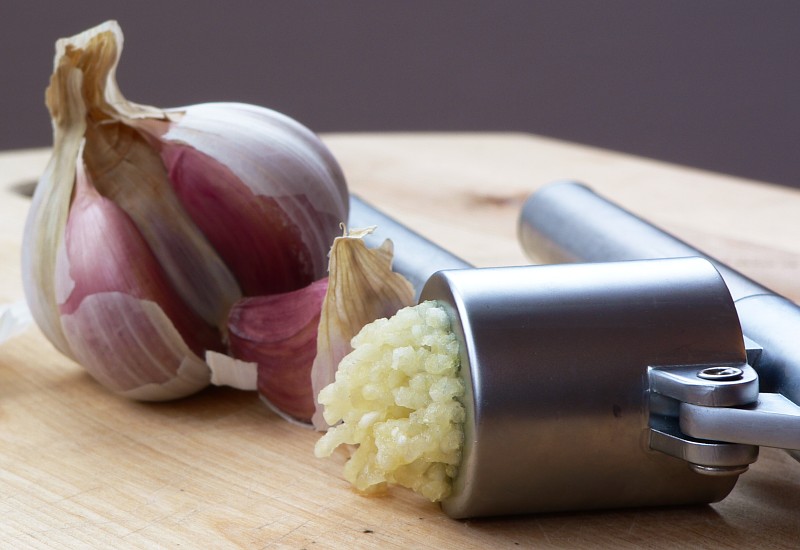Over the past few years, vitamin water has become a wildly popular beverage all across the US. After all, the overall appeal of getting your daily dose of vitamins just by drinking some deliciously flavored water makes getting to good nutrition easy for most people, explaining the popularity of this particular drink. But is it more hype than hydration? Despite the fact that vitamin water is marketed as a healthier alternative to sodas and juices, not everything about this vitamin infused beverage is all good news.
Pros of Vitamin Water
1. Vitamin Water Contains Essential Vitamins
The average bottle of vitamin water contains 50 to 100 percent of your daily-recommended dosage of several different vitamins, making it a beneficial beverage in several aspects.
2. Vitamin Water is Better than Sodas and Juices
It’s easy to see that vitamin water is more beneficial to your health and weight than sugar laden, carbonated beverages. Most vitamin waters on the market contain roughly half the calories and carbohydrates of soda, and sodas can’t offer the health benefits of vitamin inclusion.
3. Vitamin water is also better than juice, simply because there is usually far less sugar in vitamin water than in most fruit juices you will find today, making vitamin water one of the better choices in beverage options.
Cons of Vitamin Water
1.High Calorie Content
Even though vitamin water has fewer calories than soda and juices, it’s still one of the most loaded calorie options in the drinkable market. The average 20 ounce bottle of vitamin water contains almost as many calories as a single 12 ounce can of pop; certainly something that would make calorie conscious consumers raise an eyebrow.
2.Vitamin Water isn't Cheap
No matter how you slice it, vitamin water is a very expensive habit. Buying just a single bottle of vitamin water a day adds up to almost $400 a year. If you compare that to regular water, vitamin water pales in comparison to plain old water cost wise.
3.The Vitamins in Vitamin Water are Virtually Unnecessary
The vitamins contained in most vitamin waters are vitamins that the average person can get by simply maintaining a healthy diet , and most people get them already. Even though the concept of vitamin water is appealing, it’s equally unnecessary. If you want to ensure that you are getting enough vitamins each day, consider taking a multivitamin instead of skating by on high calorie options like vitamin water.
The bottom line is that even though vitamin water is a healthier alternative to soda and juices, plain, old-fashioned water is still best.
Source: livinghealthy360.
 |
| Image: grandparents |
Pros of Vitamin Water
1. Vitamin Water Contains Essential Vitamins
The average bottle of vitamin water contains 50 to 100 percent of your daily-recommended dosage of several different vitamins, making it a beneficial beverage in several aspects.
2. Vitamin Water is Better than Sodas and Juices
It’s easy to see that vitamin water is more beneficial to your health and weight than sugar laden, carbonated beverages. Most vitamin waters on the market contain roughly half the calories and carbohydrates of soda, and sodas can’t offer the health benefits of vitamin inclusion.
3. Vitamin water is also better than juice, simply because there is usually far less sugar in vitamin water than in most fruit juices you will find today, making vitamin water one of the better choices in beverage options.
Cons of Vitamin Water
1.High Calorie Content
Even though vitamin water has fewer calories than soda and juices, it’s still one of the most loaded calorie options in the drinkable market. The average 20 ounce bottle of vitamin water contains almost as many calories as a single 12 ounce can of pop; certainly something that would make calorie conscious consumers raise an eyebrow.
2.Vitamin Water isn't Cheap
No matter how you slice it, vitamin water is a very expensive habit. Buying just a single bottle of vitamin water a day adds up to almost $400 a year. If you compare that to regular water, vitamin water pales in comparison to plain old water cost wise.
3.The Vitamins in Vitamin Water are Virtually Unnecessary
The vitamins contained in most vitamin waters are vitamins that the average person can get by simply maintaining a healthy diet , and most people get them already. Even though the concept of vitamin water is appealing, it’s equally unnecessary. If you want to ensure that you are getting enough vitamins each day, consider taking a multivitamin instead of skating by on high calorie options like vitamin water.
The bottom line is that even though vitamin water is a healthier alternative to soda and juices, plain, old-fashioned water is still best.
Source: livinghealthy360.
















